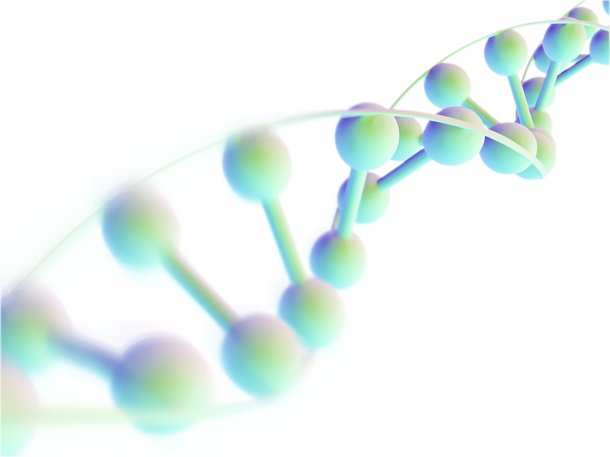Tools & Technology
A breeding program is only as good as the tools at its disposal. Accurate data translates to accurate selection, leading to enhanced performance for you. We utilize our large in house database with information on every individual chicken in our program to guide breeding selection. Innovations in the field of animal breeding do not only apply to the genetic methods and models that we use in our day-to-day genetic evaluations, but can also be implemented in the most essential part of running a breeding program: the collection of your data. Accurate data collection is at the heart of our breeding program. Whether it is the traditional way of selection or whether it is Genomic selection, you need to have data on an individual or family level in order to calculate (Genomic) breeding values that will deliver enhanced performance traits for our customers.
In-house database
We collect and store data for every individual chicken in our breeding program. With this information, we can select the best candidates for further breeding that will go on to improve the gene pool with each generation.
We measure data for economic, welfare, and egg quality traits. This includes feed conversion, egg production, and livability. This data is collected and analyzed in our in-house database. Next to the breeding database, our R&D labs maintain a inhouse BioBank that stores all tissue or blood samples of breeding stock. Bar-coded samples are handled by robots, so that human errors are avoided in processing. The stored samples span many farms and generations. They are used for analysis of molecular data.

Eggxaminator
A recent example of our investment in innovative technology is the introduction of the Eggxaminator. This machine is the egg industry’s first robot capable of automatically measuring and inspecting eggs with a focus on different exterior egg quality traits.
The Eggxaminator uses technology known as Machine Vision in the grading of the eggs derived from our laying hen breeding programs. Machine Vision refers to the technologies and methods used to provide imaging-based automatic inspection and analysis. By adopting Machine Vision we are able to generate even more accurate data on our exterior egg phenotypes, removing the possibility for human error and subjectivity. Each evaluation can now be completed with a high amount of measurable consistency. The Eggxaminator was created in collaboration with Hendrix Genetics Innovations and one of our tech partners from the Brainport Eindhoven region (home to companies such as Philips, ASML, and VDL). The Eggxaminator is able to automatically grade and inspect eggs with the focus on ten different exterior egg quality traits

Genomics
As of 2010, we have been using genomic selection in our breeding program. This technology is one of the latest breakthroughs in breeding technology. Genomic selection means the best breeding animals can be selected at a younger age. This reduces generation interval and increases breeding value accuracy. Genomic selection allows our geneticists to estimate the genetic potential of animals even more accurately. The genetic potential of an animal can be predicted by looking at markers (SNP's) located throughout the genome. With this technology, the rate of genetic gain can be increased substantially.
Defining a set of desirable qualities or traits is not easy and can change over time. These traits are determined by the demands downstream in the value chain. Growth, survivability and number of offspring are all examples of traits. We then choose animals that can pass the traits we want to improve on to the next generation.
Single Nucleotide Polymorphisms provide us with information about an animal’s potential. The mapping of the complete DNA of an animal provides a whole library of billions of base pairs.
A small proportion of these base pairs are Single Nucleotide Polymorphisms, or SNPs. These SNP’s are the basis of genomic selection. Through this technology, a large number of SNP’s are selected across the genome. At certain locations, they differ between siblings. We link SNP's to differences in performance. This gives a more accurate estimation of an animal’s potential.

